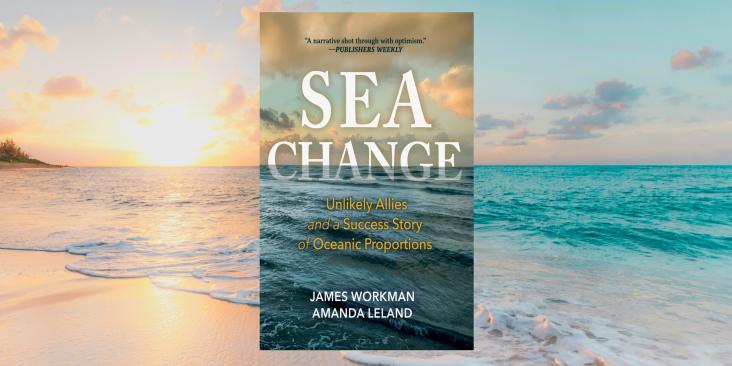Florida residents are on the frontlines of climate change, already facing sea level rise and increasing storm intensity.
This is especially evident in Miami, due to its low-lying topography, porous limestone, dense coastal development and encroaching seas.
To address these threats, the U.S. Army Corps of Engineers (Corps) produced the Miami-Dade Back Bay Coastal Storm Risk Management study. This multibillion-dollar proposal contains traditional, hardened infrastructure projects, including a massive seawall that would extend across Biscayne Bay in downtown Miami, reaching up to 20 feet in some places.
The proposal has received significant pushback from the public and stakeholders who are concerned about negative impacts to the environment, economy and quality of life.
As the Corps seeks to address flood vulnerability in Miami and elsewhere, here are three ways the agency can reduce risk while also preserving the natural beauty of Florida’s coastal communities.









